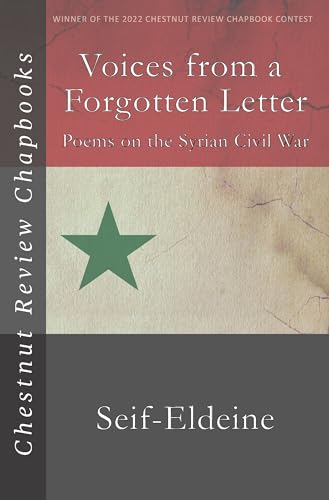Trying to understand the conquest of the Aztec Empire entails penetrating one of the most fabulous and sad episodes of the history of mankind. It is well known that the Spaniards, led by Hernan Cortes, conquered the Aztecs; the most powerful civilization of Mesoamerica. However, there are many questions regarding the actual events. For instance: how did Hernan Cortes communicate with the Aztecs? Was Moctezuma responsible for the conquest? Was Hernan Cortes a hero or a villain?The Conquest of the Aztec Empire. A Chronicle of the Collision of Two Worlds, depicts the historical events that preceded and followed the conquest of the Aztecs in six chapters. It explains simply and briefly the reasons for the domination by the Spaniards in America. Starting with the political and geographic division of the Iberian Peninsula in the 15th Century, including the conflicts between Isabel and Juana the “Beltraneja” for the succession of the throne of Castile, and moving on to explain the rise of Ferdinand and Isabel to the throne and the formation of the Spanish kingdom; it goes on to Christopher Columbus, the discovery of the New World and the first Spanish settlements in America. It concludes with a description of the expeditions to the Yucatan Peninsula by Francisco Hernandez de Cordoba and Juan de Grijalva.A story always has a protagonist, and in this one it is the Aztecs who play a major role. There is one chapter devoted exclusively to the Aztecs which explains their origins from the migration from the mystic region of Aztlan, to their settlement in the Valley of Mexico in 1111; their feats to obtain the respect of the other neighboring tribes, their struggle to obtain their freedom from the Tepanecas, their lust for war, and their domination of Mesoamerica. Even though war was always a part of Aztec society, this does not mean that they were savages. To the contrary, the citizens of Tenochtitlan were required to act properly, respect their elders and have compassion for the poor and needy.The antagonist in the story was the conqueror Hernan Cortes; an adventurer who sought wealth and power in a clandestine expedition. From the moment he landed on the peninsula of Yucatan, with a few musket shots, blows of the sword, and a whole lot of diplomacy, Hernan Cortes and his Spanish entourage made their way to the Valley of Mexico. The conqueror persuaded the Indians to ally with the Spanish to break a domination that they thought superior. On the morning of November 8, 1519, Hernan Cortes entered the city of Tenochtitlan with pomp and ceremony, and not a single gunshot. He was considered (by the religious Moctezuma) to be an emissary of Quetzalcoatl, the patron god of the Aztec priesthood of learning and knowledge. Soon enough, however, Cortes had lost the city along with most of his army back to the Aztecs. His strong desire to regain Tenochtitlan made him a target not only of the Indians, but also of his own soldiers who had little interest in returning to the Aztec capital. During the two years that the conquest lasted, Hernan Cortes not only found wealth and fame, but also discovered his destiny, which was to be the conqueror and creator of Mexico.The richness of this chronicle leads to a profound knowledge of the conquest. It thus provides answers to many questions and leads to an understanding of the great characters of this history as human beings that acted and reacted with the same passionate feelings that move people today: anger, deceit, love, but above all, the hope for a better future.


